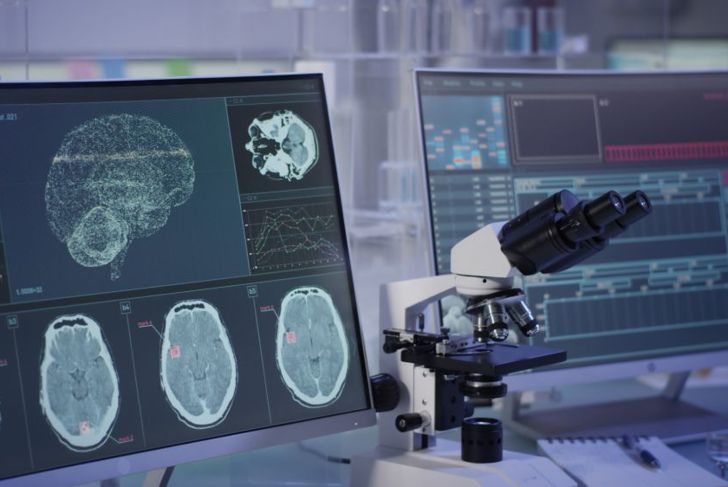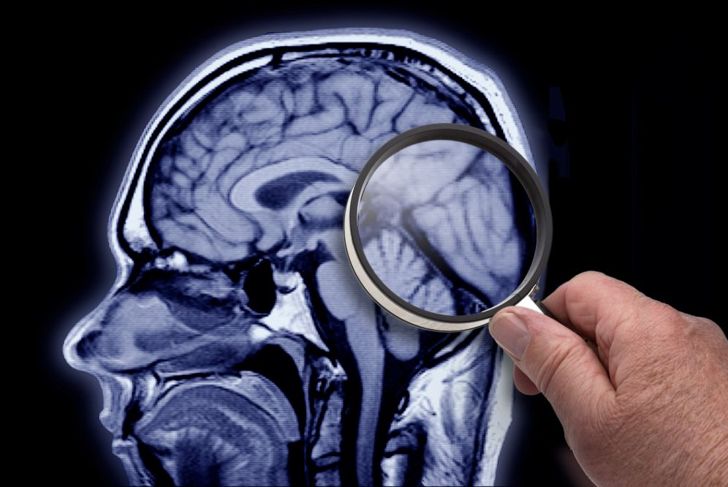Historically, people used salvia has to treat many conditions, including neurological and cognitive symptoms. Today, it is most common as a recreational hallucinogenic drug. There are many varieties of salvia, and Salvia divinorum is the usual recreational variety. Street names for recreational salvia include chia seeds, Sally D., diviner’s sage, Ska Pastora, and Magic Mint.
What Does Salvia Look Like?
Salvia is a member of the mint family. It has large green leaves, square stems, and white flowers with purple centers. It is a perennial that dies at the end of the growing season and comes back every spring. The plants usually grow in clusters and can grow as tall as three feet.
Where Does Salvia Grow?
Salvia divinorum is native to Mexico, but it also grows in other parts of Central and South America. It grows best in hot, humid climates and is easy to propagate. The Mazatec Indians, native to the Oaxaca region where salvia grows, use the plant in many healing ceremonies and other tribal practices.
Is Salvia Legal?
Salvia divinorum is not approved for medical use in the United States under federal law. It is also not a controlled or scheduled substance. Many states do have laws to control its use, and the Drug Enforcement Agency considers it a “drug of concern.” Despite this salvia is easy to get and has a high potential for abuse.
How Is Salvia Used?
Salvia is available as whole plants, cuttings, seeds, and leaves. Most people use salvia by smoking dried leaves, but other ingestion methods include chewing the leaves. When smoked, the effects of salvia begin in as little as 30 seconds and last about half an hour. When chewed, it takes as long as ten minutes for the herb to take effect.
What Salvia Does in the Brain
Researchers are not entirely sure how salvia affects the brain. The active ingredient, salvinorin A changes how the nerves communicate, interfering with signaling between neurons. Salvinorin A attaches to opioid receptors in the brain, though it is worth noting that the receptors that salvia affects are different from those affected by opioids like morphine and heroin.
Effects of Salvia
Short-term effects of salvia use are mostly hallucinogenic. In addition to seeing, hearing, or feeling things that aren’t real, users may also experience detachment from reality, hearing colors and seeing sounds. Being unable to tell what is real and what is not is one of the most concerning things about salvia use as it can have huge impacts on safety, especially driving under the influence.
Salvia and Memory
Research into other salvia varieties has shown the effects of salvia use on memory. Studies in mice show that it protects from the accumulation of amyloid-β peptide, which is partially responsible for Alzheimer’s disease in humans. Animal studies have also shown that other varieties, notably Salvia sahendic and Salvia miltiorrhiza, may lessen memory loss. Research indicates this happens because the compounds support existing neurons and encourage the growth of new ones.
Salvia Antioxidant Effects
Studies also show that salvia may have antioxidant effects in the brain. Oxidative stress occurs over time and is particularly damaging to the brain. It is suspected to contribute to Alzheimer’s disease, Parkinson’s disease, and other neurological conditions. One analysis of multiple salvia varieties shows that all species have some antioxidant activity in the brain.
Salvia, Anxiety, and Depression
Salvia may also be effective at treating anxiety and depression, including major depressive disorder and depressive symptoms related to Alzheimer’s. Studies show that some forms of salvia, including Salvia elegans and Salvia verticillata, have antidepressant effects in animals, though the cause is not completely understood.
Contraindications and Future Uses
In studies, salvia administration is well tolerated, even in patients with underlying health issues, including Alzheimer’s disease, type 2 diabetes, and high cholesterol. Adverse effects were minimal in these studies and included minor GI upset. More research is warranted, but results indicate that some types of salvia may be an effective treatment for some neurodegenerative disorders. However, until such time as it is approved for medical use, salvia remains unregulated and not approved for medicinal purposes.

 Home
Home Health
Health Diet & Nutrition
Diet & Nutrition Living Well
Living Well More
More




















